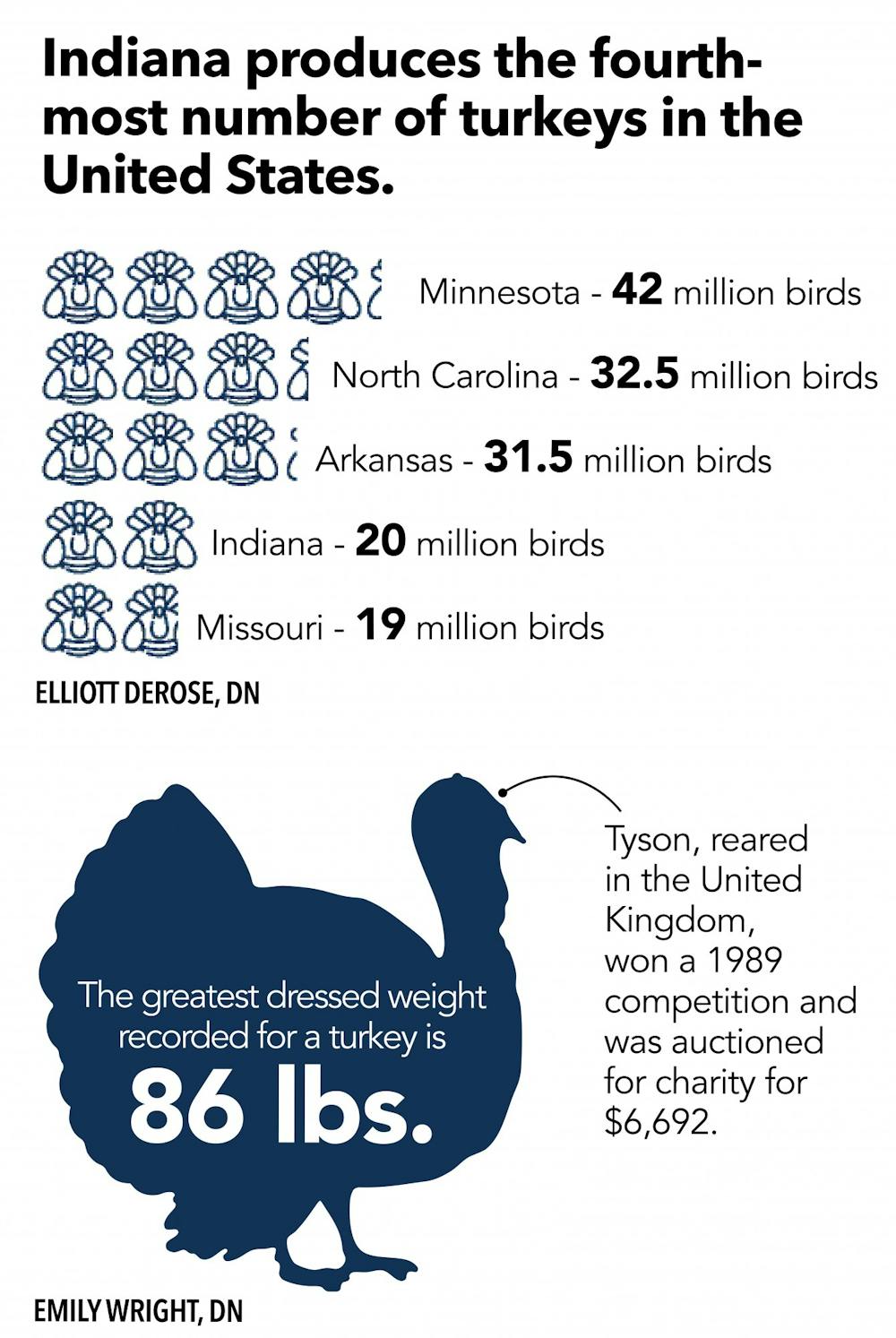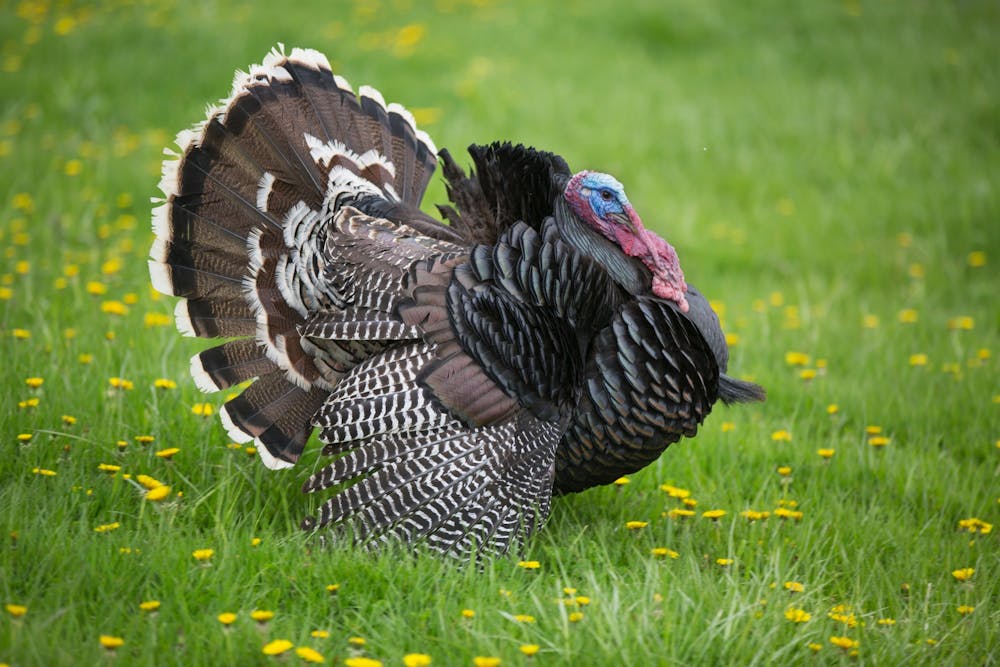The first national declaration to mark Thanksgiving an official holiday goes back to the first president of the United States.
In 1789, after the first Congress passed a resolution asking President George Washington to recommend a national day of Thanksgiving, he issued a proclamation naming Thursday, Nov. 26, 1789, as a “Day of Publick Thanksgivin,” according to the National Archives.
While later presidents also issued Thanksgiving proclamations, the dates and months of the celebrations varied. Since President Abraham Lincoln’s 1863 Proclamation, Thanksgiving has been regularly celebrated on the last Thursday of November.
In 1939, this Thursday fell on the last day of the month, which would have shortened the Christmas shopping season that followed. Concerned this might affect economic recovery from the Great Depression, President Franklin Roosevelt moved Thanksgiving to the second-to-last Thursday of November.
While 32 states passed similar proclamations, 16 states refused to change the day. For two years, two different Thanksgiving days were celebrated across the country.
To end the confusion, in 1941, Congress passed a resolution Roosevelt signed establishing the fourth Thursday in November as the Federal Thanksgiving Day holiday.
Apart from the date, Thanksgiving Day has also come a long way from its first national declaration in 1789. Here are some facts about the holiday and the shopping season that follows.

Sources: U.S. Department of Agriculture, Guinness World Records
Winter holiday sales according to National Retail Federation includes Thanksgiving, Black Friday, Small Business Saturday, Cyber Monday, Super Saturday and Christmas.




